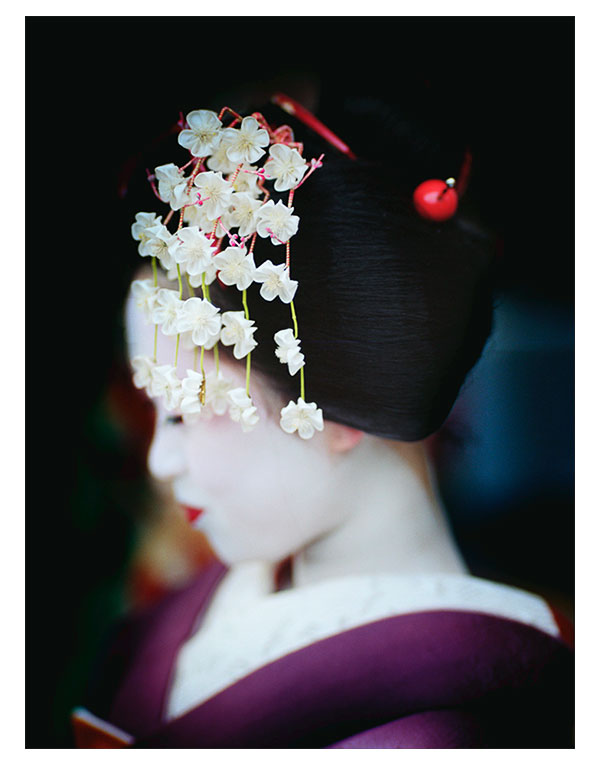A few years back, I discussed the editing and whittling down of a shoot to a select number of images. My post was about 'quality control'. You can read it here.
One aspect of quality control is how the work is presented. I was really trying to get across the message that in order for the final work to have a cohesive feel to it, certain images may need to be removed, despite them being great images on their own. The key point here is 'on their own'.

Not all images work well together and it's up to us as photographers to see relationships between images and realise that they make a statement or message stronger if they are put together. Conversely, the message becomes diluted if you just place all your good shots together with no thought to how they relate (if at all) to one another.
A portfolio (or collection of images) should tell a story. That story needn't be about a chronological sequence of events. It just needs to be a visual-story - one that has a pleasing way of unfolding on the viewer. That means thinking about the relationship of tones and colours more so perhaps than subject matter. It just shouldn't jar in any way. Or to turn it around - a portfolio should just 'flow'.
Just as the composition and tonal relationships within a solitary photograph should 'flow' (work together and lead your eye comfortably through the image), so too should a portfolio do the same thing (the images should work together and lead your eye comfortably through the collection).
Looking at portfolios on-line, it's often apparent that many have not taken the time to consider the ordering of the images. Nor has there been any thought about ordering images with similar aspect ratios which exist side by side.

If one were to put a book together, you would take the time to think more about the layout - where to put the images, and although there may have to be certain decisions as to put related subjects together, you will find that the overriding decision will be to use ones where their visual properties are similar. For instance, I really don't like to put two images together that have very different tones or even aspect ratios. On a two page spread, if I have to have a portrait orientated image on the left page, I make sure the right page has an image with the same orientation. This is because each time you turn a page, you are now confronted with two images in one go. They need to be related in some way and this can be achieved through similar orientation or similar tonal properties, or maybe just similar subject matter.
Similarly, I would put images of similar tonal ranges or 'feel' together, unless the intention was to convey a sense of contrast. An example of creating contrast may be to use two images of the same scene but each illustrating a different season. But just simply jumping around from one image to another with little consideration for 'the story' you're trying to convey will result in your portfolio appearing weaker than it really is. All just because there was no sense of flow to how the images were laid out.
So portfolios are really 'concepts'. Like a prog-rock concept album, they have a story to tell.
Lastly, a portfolio is not just simply created at the end of an editing session. You don't just work on all the images and then decide which ones to put together. A portfolio should surface as the editing of a collection of images is worked on. A protfolio should be one of the aspects you should be considering during the editing stages.
Consider the collection of images of Geisha I have in my contact-sheet above. These are here not just because they have a similar look and feel, but more because, as I worked on scanning and editing the images in this collection the tonal look and feel of the work became more apparent to me. I saw in maybe 4 images a similar look where the dress and white faces seemed to influence or 'guide' the editing. I kept looking at the overall collection of images that I was working on and if I noticed that there was a strong colour or tonal relationship with some of them, I went with them as the guidelines for where the editing should go. So thinking about a portfolio during the editing influenced the outcome of the images you see here.
Conversely, if I'd edited them on an individual basis and not looked at the collection of images I was amassing, I think the body of work would be much weaker. The tonal relationships or 'look and feel' of the final work would be more tenuous, and I'd be left with a body of work that felt 'wooly' and thoughtless.
Everything you do as a photographer should be about maintaining high standards. Only show your best work, and give a lot of care and attention to how it is presented. Badly presented beautiful work can be easily misunderstood and overlooked. Now you wouldn't want that would you?

